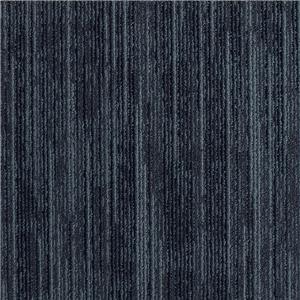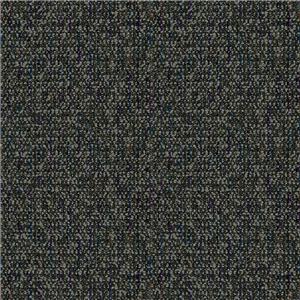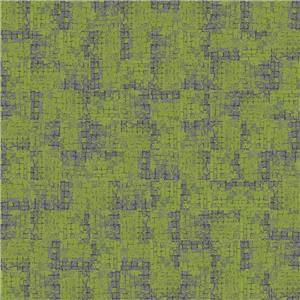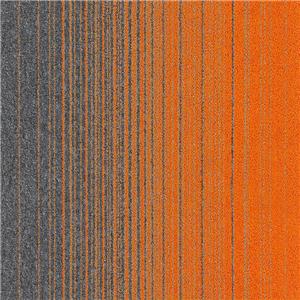- Home
- >
- News
- >
- Industry News
- >
- Spot Removal Guide Of Carpet Tiles
Spot Removal Guide Of Carpet Tiles
Acid Substances - Strong acids, such as battery acids and some tile-cleaning compounds require prompt action to prevent serious damage to carpet. First, flush the affected area with water. Using a white absorbent cloth blot up the excess liquid and repeat the process several times until the acid is diluted and washed away. Finally, blot the area with a solution prepared by adding one (1) tablespoon of baking soda to one (1) quart of warm water. Rinse again. Dry the carpet as quickly and thoroughly as possible.
Acne Medications - Benzoyl peroxide is a strong oxidizing solution used in most acne medications and is capable of destroying most carpet dyes. Benzoyl peroxide can be transferred through direct contact of the skin with the carpet, or through the shedding of skin scales containing benzoyl peroxide. Because of a slow reaction time, this chemical will remain on the carpet fibers for months before activation by moisture or humidity. As the chemical reaction continues, the center of the affected area can be bleached white with a pink or orange halo around the outer edges.
Bleaching Solutions - Many household cleaning products contain bleaching ingredients that can destroy carpet color, leaving a white or yellow discoloration.
Blood - To remove blood, use only cool cleaning solutions to prevent setting the stain.
Burns - Burn damage can be remedied only by reweaving, re-tufting, or re-sectioning the damaged area. However, an area of charred carpet can be improved by carefully clipping off blackened ends of tufts, using small, sharp scissors. Trim surrounding tufts to minimize indentations.
Candle Wax or Chewing Gum - Freeze with ice by placing the ice in a metal pan and setting pan on top of wax or gum. Allow to sit for about 10 minutes, until frozen. Break with a blunt instrument (e.g. a knife handle). Vacuum up the pieces. Repeat until removed. Using alcohol or a dry cleaning solvent on a white absorbent cloth, blot the spot to dissolve the remaining residue and remove with fingers.
Dye Stains - Many beverages, medicines, cosmetics, foods and other liquids contain dyes that can be absorbed into the fibers, making removal very slow or impossible. Follow dye spot-removal procedures on the chart. If removal does not appear to be possible, call a carpet-cleaning professional for advice. Sometimes the stain can be hidden by spot dyeing, re-tufting, or by repairing the affected area.
Ink (Ballpoint Pen) - Follow recommended procedures on the Spot Removal Guide to contain the spill, using rubbing alcohol as the dry cleaning solvent. Rubbing alcohol (90% isopropyl) can be used as a dry cleaning solvent by applying with a cloth or towel. Do not pour the alcohol directly on the carpet.
Inkjet Cartridge - Blot with dry absorbent white cloth, use a wet vac or extraction machine to remove as much of the residue as possible. Blot with rubbing alcohol (isopropyl) applied with a white cloth, if stain remains, blot with household hydrogen peroxide. (Slight bleaching may occur.) If no change in affected area, consult with a carpet carpet professional.
Insecticides - Some insecticides may attack red dyes used in beige carpet leaving the blue and yellow dyes, which together form permanent green colorations.
Mustard - Some mustards contain very strong dyes that are difficult to remove. Quick action will minimize staining. It may be necessary to remove the stained area and insert an undamaged section of carpet.
Optical Brighteners - Any cleaning solution with optical brighteners should not be used to clean carpet because they contain fluorescent dyes that may bleach or discolor carpet fibers. They may exhibit a lavender cast in areas where the solution has been used and can eventually oxidize, causing a yellow discoloration on the fiber.
Plant Foods - Many plant foods contain oxidizing ingredients that alter carpet dyes, leaving green, yellow, or brown discolorations. These stains typically occur near the carpet backing and migrate up the pile fiber.
Rust - Use one part white vinegar and one part water. Using a dry white cloth, dip into solution and dab solution onto affected area. Immediately apply 1/2 inch layer of white paper towels to the affected area, and weigh down with a flat, heavy object (that will not fade). Leave for approximately 30 minutes changing paper towels as needed. Repeat as long as stain is getting lighter. If no change in affected area, call a carpet care professional.
Strong Chemicals - Some cleaning solutions with high alkalinity, such as laundry detergents, may cause yellowing. Products, such as drain and oven cleaners, may cause permanent bleaching of the carpet color.
Did you know?
Different carpet fibers may require different carpet cleaning methods and different cleaning chemistry. Tough synthetic carpet fibers will withstand a wide variety of carpet cleaning methods and cleaning chemistry, but natural carpet fibers can be damaged by improper cleaning.







